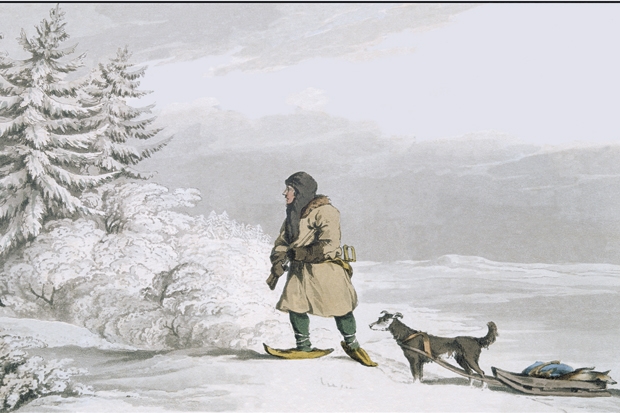Larger than Europe and the United States combined, Siberia is an enormous swathe of Russia, spanning seven time zones and occuping 77 per cent of the country’s land mass. Ryszard Kapuscinski describes the gulags which were placed there as being amongst the greatest nightmares of the 20th century — and that image of suffering has tarnished the region irrevocably.
In her masterful study of Siberia’s people, Janet M. Hartley, professor of international history at the London School of Economics and Political Science, argues that this has not only been a place of torture and starvation. While it has certainly endured miserable times, and is likely to suffer many more, it should be considered a frontier land, comparable in some ways to America.
The Cossack who won a resounding early victory there was Ermak — a warrior depicted today as a Russian Christopher Columbus and nationalist folk hero.

Get Britain's best politics newsletters
Register to get The Spectator's insight and opinion straight to your inbox. You can then read two free articles each week.
Already a subscriber? Log in







Comments
Join the debate for just £1 a month
Be part of the conversation with other Spectator readers by getting your first three months for £3.
UNLOCK ACCESS Just £1 a monthAlready a subscriber? Log in